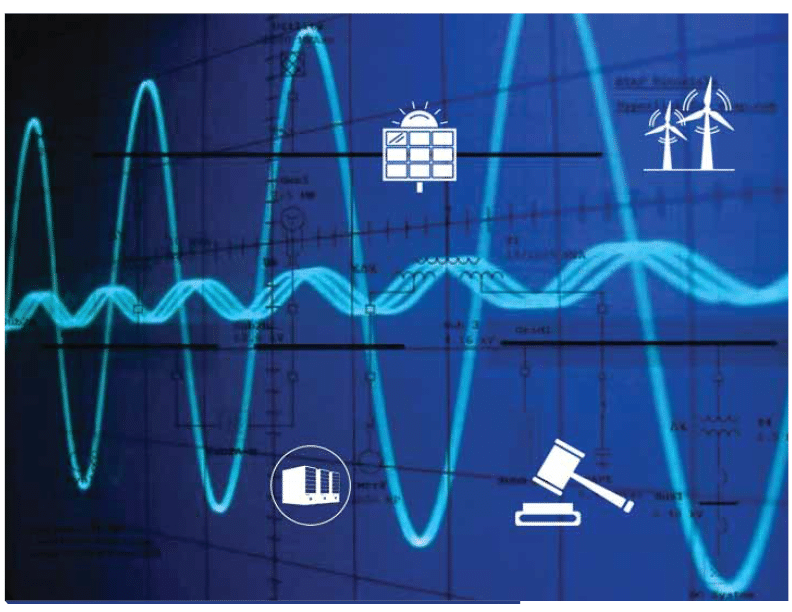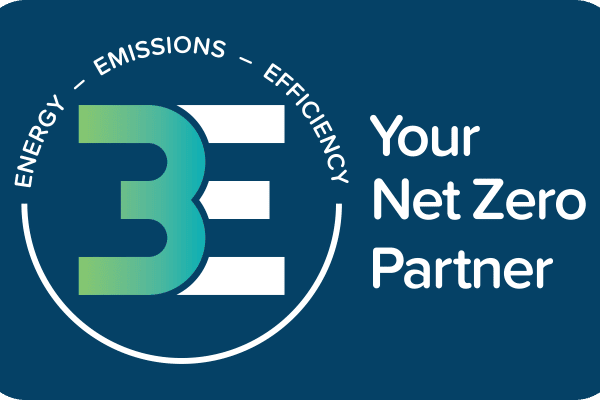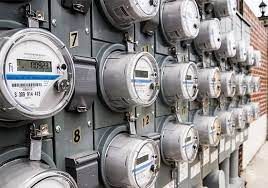Power Quality is gaining increasing attention in the electric power industry.
Power producers and energy users are looking to ensure efficient and stable power flows to mitigate risks associated with poor power quality.
Power generation is also becoming more complex with new players and technologies entering the industry, which used to be a fairly stable operating environment. In Australia, energy demand is projected to grow by thirty per cent (30%) by 2050.
Given these figures, power producers and energy users need to have concrete plans for their energy efficiency initiatives to meet the government’s goal of achieving Net Zero by 2050.
Improving power quality in your facilities is an essential part of reducing costs and carbon emissions.
In this article we take a deep dive into Power Quality – on why it is important, possible consequences of poor power quality, three main causes of poor power quality and specific ways to improve problems power quality.
-
What is Power Quality and why is it important?
-
Possible consequences of poor power quality
-
Three Main Causes of Poor Power Quality
-
How to improve Power Quality
What is Power Quality and why is it important?
Power quality is commonly defined as the power grid’s ability to supply a clean and stable power flow as a constantly available power supply.
The power flow should have a pure sinusoidal waveform – a curve that describes a smooth repetitive oscillation – and it should remain within specified voltage and frequency tolerances.
The Power Quality of a system expresses to which degree a practical supply system resembles the ideal supply system. The fact is, no real-life power source is ideal.
In today’s electrical networks, deviations from these ideal conditions are frequent due to increasing non-linear and other loads disturbing the grid.
If the Power Quality of the network is bad…
- then loads connected to it will fail or will have a reduced lifetime;
- the efficiency of the electrical installation will reduce.
- Installation running costs and carbon footprint will be high and/or operation may not be possible at all.
If the Power Quality of the network is good…
- then any loads connected to it will run satisfactorily and efficiently.
- Installation running costs and carbon footprint will be minimal.
Good power quality should always remain within specified frequency tolerance and voltage. However, factors such as harmonics, voltage variations, and network unbalances can lead to substandard power quality.
Good power quality is essential as it will help businesses save time and money.
End-users can enjoy continuous work without the fear of losing important data. Besides, businesses can save on frequent emergency equipment maintenance and reactive power tariffs.
Possible consequences of poor power quality
Possible consequences of low power quality that affect business costs include:
- Power failures (Release switches, fuses blowing)
- Breakdowns or malfunctions of machines
- Overheating of machines (transformers, motors, etc.) leading to a reduced useful life
- Damage to sensitive equipment (computers, production line control systems, etc.)
- Electronic communication interference
- Increased distribution system losses
- The need to oversize systems to cope with additional electric stress, resulting in higher installation and operational costs.
- Luminosity flickering
The consequences of insufficient power quality can inflict serious losses on businesses and the economy. In the worst-case scenario, it may pose a threat to human life in mission-critical applications and highly sensitive environments, such as hospitals.
For the Industrial sector, the estimated costs due to poor power quality represent 4% of turnover (Source: Studio Leonardo Energy). The impact of production interruptions is greatest in companies with continuous production.
Three Main Causes of Poor Power Quality
Among the main causes of poor power quality in low voltage are:
- Voltage variations, because equipment operates less efficiently.
- Harmonic pollution, which causes additional stress on the networks and systems, causing them to operate less efficiently. Harmonic pollution is caused by large amounts of non-linear consumption (from inverters, soft starters, rectifiers, power electronics, non-filament lighting, presses, etc.). Such devices deform the electrical current causing disturbances and problems to the system.
- Excessive reactive power, because it charges useless power to the system.
How to improve Power Quality
1) Install Voltage Stabilisers or Voltage Regulation Units (VRU)
A voltage stabiliser or VRU ensures a voltage output at a nominal value. Voltage regulators are used to compensating for voltage fluctuations in mains power. The voltage regulator compensates for the change in load. Voltage regulation units are designed to provide a steady and reliable output voltage regardless of voltage fluctuations at the input, preventing sags, surges, and brown-outs from harming electronics.
2) Install Active Harmonic Filters
Active harmonic filters can help solve the harmonic pollution problem and improve power quality.
What are Active Harmonic Filters?
Active harmonic filters (AHF) cancel harmonic distortions caused by non-linear loads and decrease voltage fluctuations. Since these filters can effectively reduce harmonics, they are often paired with power factor correction systems to extend equipment operating life.
Importance of Active Harmonic Filters
One of the main benefits of using active harmonic filters is the assurance of a “clean” current throughout the system. Since it is often installed within electrical installations, these filters also help mitigate fire risks. Equipment failure or possible breakdowns can also be prevented. Maintenance costs and equipment disruption cycles are also reduced. Another benefit is the significant decrease in CO2 emissions.
How do Active Harmonic Filters work?
AHF is parallel filters that were designed to mitigate harmonics to manageable levels (as per IEEE-519 standards). They work by using capacitors and transistors to shoot inverse current to counteract negative harmonics. Besides, AHF works with various drives and it will not overload once it exceeds its limit. These filters are costly and larger than passive filters. Consider the system’s design before purchasing these filters.
3) Power Factor Correction
What is Power Factor Correction?
Power factor is the measure of how effectively your business uses its electricity supply. It is the ratio of real power (kW) to apparent power (kVA).
A site or building with a low power factor draws more apparent power than real power. So, if your power factor is low you may be paying more than you need to for your electricity.
Power Factor = Real Power (kW) ÷ Apparent Power (kVA)
- Real power (kW) is the amount of power that is actually used to power equipment
- Apparent power (kVA) is the total amount of power that is supplied by the network to the site
- Reactive power (kVAr) is the amount of power that does not perform any real work, but comes about as a result of your voltage (supplied) and the current (drawn by equipment on your site), being out of phase. The larger this difference, the lower the power factor.
Importance of Power Factor Correction
Correcting the Power Factor improves power quality. Excessive reactive power is regulated by a power factor correction system, which not only avoids any penalties due to excessive reactive energy but reduces the “unnecessary” electrical current that flows into the lines and power components, yielding substantial benefits, such as reducing voltage drops along the lines and leakages due to the Joule effect.
The system is essential as it helps boost voltage to any type of equipment and maximise machine capacity to carry more current. Power Factor Correction or PFC helps minimise power system losses, do away with penalties associated with low power factors, and decrease demand charges.
How does the system work?
PFC works by switching its capacitors to offset the wasted power used by transformers or motors. Since these capacitors also serve as reactive current generators, the power factor is automatically adjusted close to unity. This results in better power quality and increased efficiency.
Power factor correction can either supply or absorb reactive power by bringing the power factor closer to 1. Inductor and capacitors can cancel both the capacitive and inductive effects of the power load. Also, power factor correction does not modify the original load.
In conclusion, achieving good power quality results in a more stable energy supply and significant energy savings. Energy savings in terms of operating and maintenance costs, as well as lower carbon emissions. The first step in achieving good power quality is to engage trusted experts for a Power Quality Assessment to assess the quality of the power supplied to your building and within each of your facilities.
Ecosave can provide end-to-end power quality solutions from assessments through to design and implementation of voltage regulation units, active harmonic filters and power factor correction. For enquiries, please call 1300 55 77 64 or submit a free call back request.








